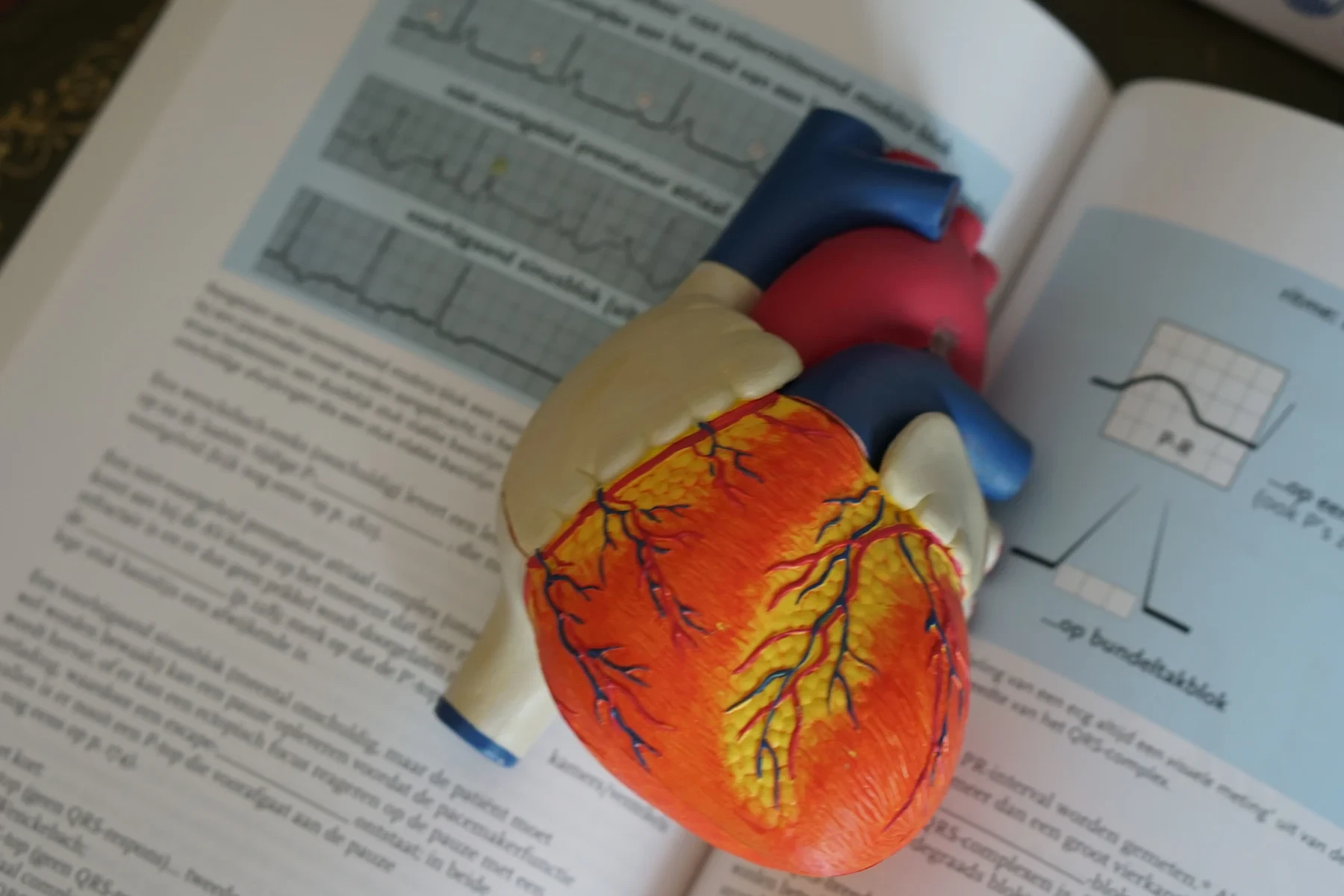
Medical Terminology: Essential Terms for Medicine Students
While most disciplines don’t require you to understand different terminologies in great detail, medicine is one of the most demanding professions. From common diagnostics to less commonly known diseases, anyone working in the healthcare field is required to have a varied and comprehensive understanding of medical terminology.
To get you started on your medical training, we have compiled 25 medical terminologies that are commonly used by working medical professionals. It may seem daunting at first reading some of these terms and you may be unsure what they mean, but over time during your medical training and while working in hospitals, you’ll find yourself using these terms in your day-to-day profession.
25 Basic Medical Terms
We’ve curated a list of some of the most basic medical terminology to get you started on your journey towards a career in the healthcare profession.
Take a read through below, familiarise yourself with the basics, and be inspired for further study.
Acute
The term “acute” is the measure of the time scale of a disease and is often considered as an illness that is of short duration, rapidly progressing and in need of urgent care. The term is in direct contrast to the terms “subacute” and “chronic”. The time scale is dependent on the particular condition.
The time scale is dependent on the particular condition and in this sense, acute can be used to reference anything from a broken bone to asthma attacks.
Asphyxia
In medicine, this term is used to describe a condition that is affected by a lack of oxygen within the bloodstream, also referred to as oxygen deprivation. If left untreated, the condition can quickly lead to loss of consciousness, brain injury, or even death.
Benign
The term ‘benign’ refers to an abnormal growth of cells that serve no purpose, also more commonly known as a ‘tumour.’ The growth of the tumour is not cancerous which means that it does not spread to other parts of the body. It doesn’t invade nearby tissue so is a term often used to to suggest that a medical condition is not immediately dangerous or serious.
Biopsy
This is a medical procedure that involves taking small samples of body tissue to be examined under a microscope and check for abnormalities in cells.
The sample can be taken from almost anywhere on the body including the skin, organs and other genetic structures.
Blood culture
This refers to a test done to look for germs such as bacteria or fungi in the blood. If germs or bacteria are found, these tests can help doctors know the best types of procedures and medicines which will work best to treat the infection.
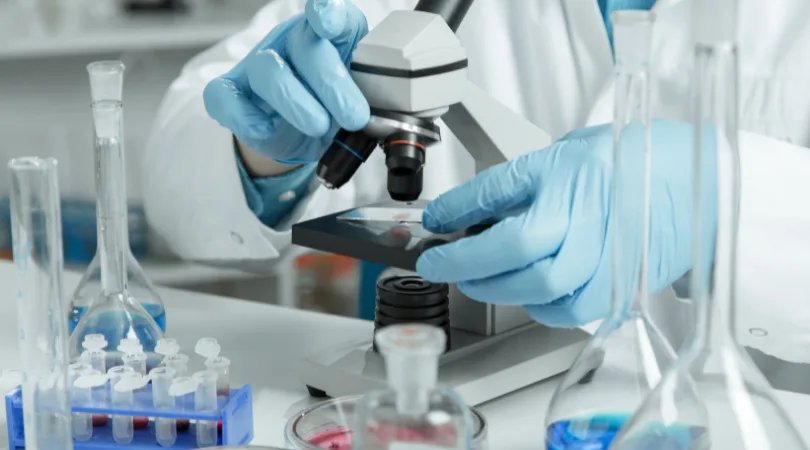
Cardio
The medical term ‘cardio’ is used to refer to any type of heart-related diagnostics and is a shortening for the term Cardiovascular (CV)’ - which can be used to describe to the heart and blood vessel networks that make up the circulatory system.
Another term which ‘cardio’ can be a medical terminology abbreviation is the term ‘Cardiovascular Disease (CVD). This refers to a chronic or acute condition affecting the heart and blood vessels.
Coronary bypass
A Coronary bypass is a type of surgical procedure that affects the heart and wide cardiovascular system.
The surgery is used when there is a blocked coronary artery (one of the main suppliers of blood and oxygen to the heart) and, as the name suggests, instead creates a bypass from the blocked coronary artery to your heart muscle.
Dialysis
Dialysis is a procedure which is used on individuals whose kidneys stop working properly.
This procedure is used regularly on individuals to remove waste products and excess fluid from the blood when their kidneys no longer can. It often involves diverting the blood to a machine to be cleaned.
Embolism
This is when a blood clot that forms in a blood vessel in one area of the body then breaks off and travels to another area of the body in the blood - also called an embolus.
An embolism can lodge itself in a blood vessel, blocking the blood supply to a particular organ or tissue.
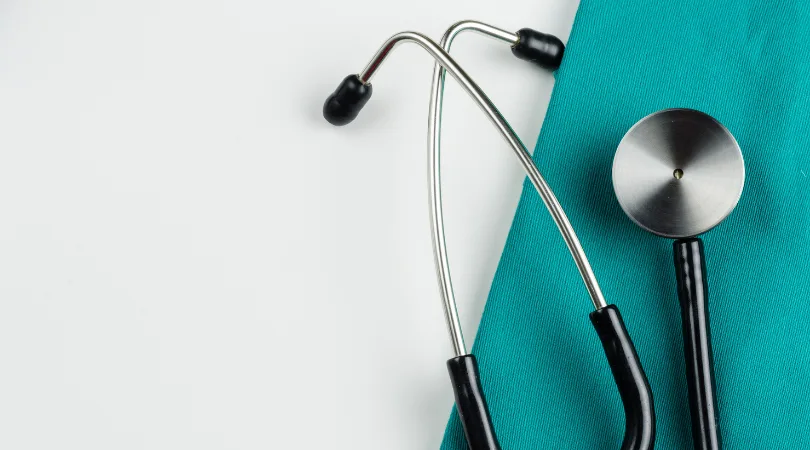
Emphysema
The medical term ‘emphysema’ is used to describe a lung condition that causes shortness of breath. The cause for people suffering from this condition is a result of air sacs in the lungs (alveoli) being damaged. This means that over time, the inner walls of the air sacs weaken and rupture, ultimately creating larger air spaces which need filling with oxygen, instead of small ones.
Fecal occult blood screening
Short for FOBT, a ‘fecal occult blood screening’ is a laboratory test used to check stool samples for hidden blood (occult). If blood is detected in stool, this could indicate colon cancer or polyps in the colon - though not all cancer or polyps bleed.
If a FOBT detects anything, further tests will be carried out by the physician to determine the underlying cause.
Fracture
In medicine, a ‘fracture’ is the term used to describe a broken bone. - This can range from a minor crack to a complete break. Bones can fracture in different ways - crosswise, lengthwise, in several places and even into many pieces.
Fractures tend to occur when a bone is impacted by more force or pressure than it can support.
Fusion
In medical terminology, ‘fusion’ refers to the merging of two adjacent parts of the body to create one.
Typically, the procedure involves the spine where it uses a bone graft to force two vertebral bodies to grow together into one long bone, stopping motion at that segment. Ultimately, it increases stability for the individual.
Glucose test
This is a blood test that screens for diabetes by measuring the level of glucose (sugar) in a person's blood. A normal range for glucose levels is between 70 to 99 mg/dL.
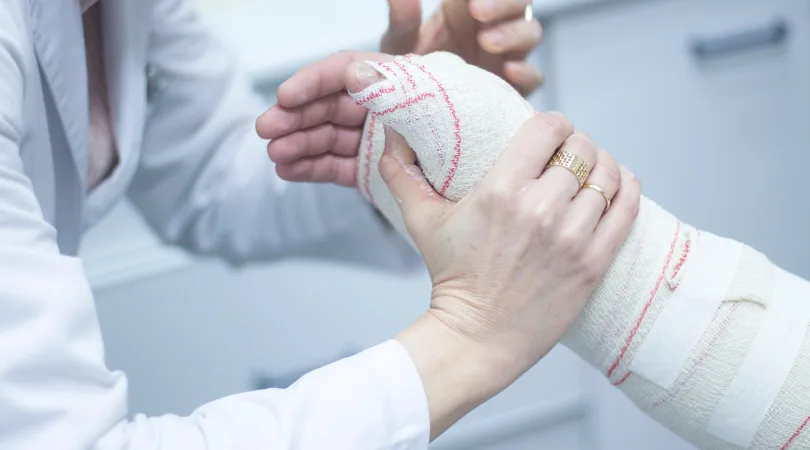
Hypertension
High blood pressure is also known as hypertension - a common medical condition that in the long-term forces blood against the artery walls. If prolonged and untreated it can eventually cause health problems, such as heart disease.
Intubation
This is a procedure that can help save someone's life when they can’t breathe independently. It is a process by which a doctor will insert a tube through a person’s mouth or nose, then down into their trachea (airway/windpipe). The tube is then connected to a machine that delivers oxygen.
Lead test
A lead test reveals the quantity of lead in the bloodstream. Lead is a metal that can be found in the environment and many everyday products. It is common for people to have a small amount of lead in their blood from these exposures however, too much and you can get lead poisoning.
Lumbar puncture
A lumbar puncture is a medical procedure used to take a sample of fluid from your spinal cord to help diagnose a condition.
During this procedure, a thin needle is inserted between the bones in your lower spine and a sample is collected to be sent to a laboratory for further testing.
Nebulizer
This is an electrically powered machine that turns liquid medication into a mist. The purpose of doing this is so the medication can be breathed directly into the lungs through a face mask or mouthpiece.
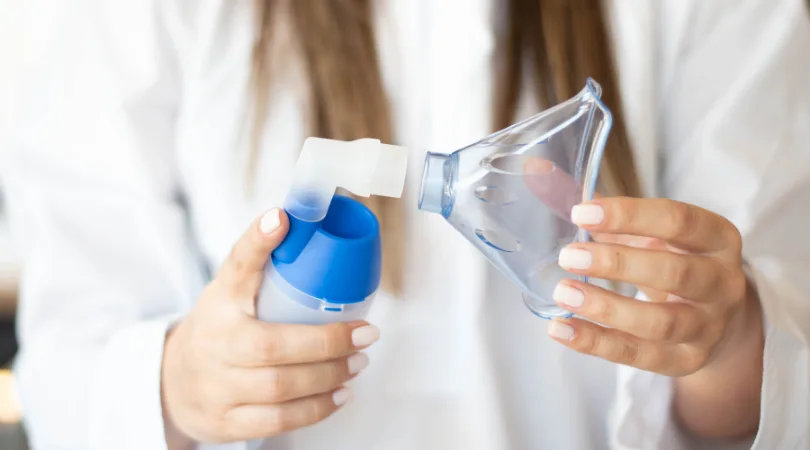
Pulse oximeter
This is when a medical professional conducts a test used to measure the oxygen levels (oxygen saturation) in the blood. It is known as an easy, painless measure of how well oxygen is being sent to different parts of your body from your heart.
Spirometry
This is a simple test which medical professionals use to help diagnose and monitor patients' lung conditions. They are able to understand patients' conditions by measuring how much air you can breathe out in one forced breath.
The test is carried out using a device called ‘spirometry,’ which is a small machine attached by cable to a mouthpiece.
Splint
In medical terminology, a ‘splint’ is a tool used for immobilising and protecting displaced or injured body parts such as broken bones or dislocated joints.
Transplant
In medical terminology, a transplant can be defined as the process of moving a tissue from one place to another.
The action of transplanting tissue can be from one part of a patient to another (autologous transplantation), or in the case of a skin grafting, doctors will typically use the patient's own skin. Or, if that is not possible, the option to use skin from another patient would be recommended, this would be known as allogenic transplantation.
Ultrasound
A procedure that uses high-energy sound waves to look at tissues and organs inside the body. The sound waves echo to create a picture of the tissues, which then will appear on a computer screen (sonogram).
Commonly used for baby scanning, it can also help diagnose diseases which directly impact tissue and organs in the body, such as cancer.
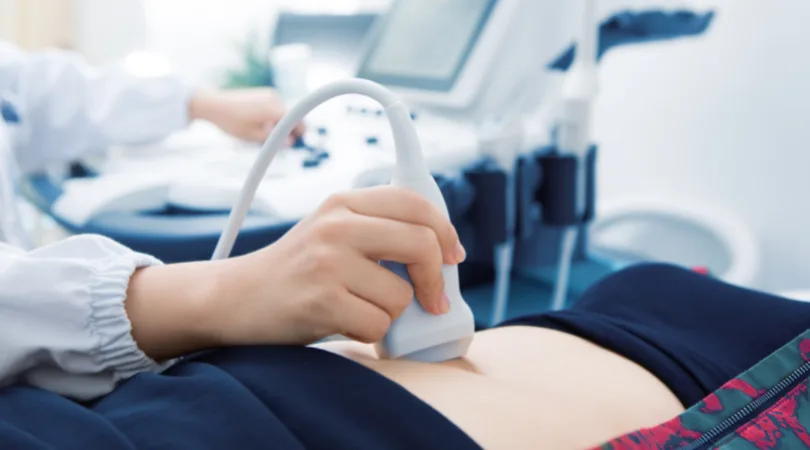
X-ray
The medical term ‘X-ray’ is short for X-radiation - a type of radiation generated by electromagnetic waves.
Medical professionals use X-rays to create images of the inside of our bodies and look for any abnormalities. The images show part of our bodies in different shades of black and white.
Ready to apply for Oxford Summer Courses?
For a once in a lifetime experience, join us for summer 2023 where you can discover over 40 academic subjects taught by expert tutors. You’ll also meet other like-minded individuals from around the world and make friends for life! Apply today and choose from 3 stunning locations; Oxford, Cambridge and London.
Share this article
Summary
Discover essential medical terminologies for aspiring healthcare professionals. From acute conditions to ultrasounds and X-rays, familiarise yourself with these fundamental terms to kickstart your medical training. Gain a comprehensive understanding of various medical procedures and conditions as you embark on your journey in the healthcare field.
